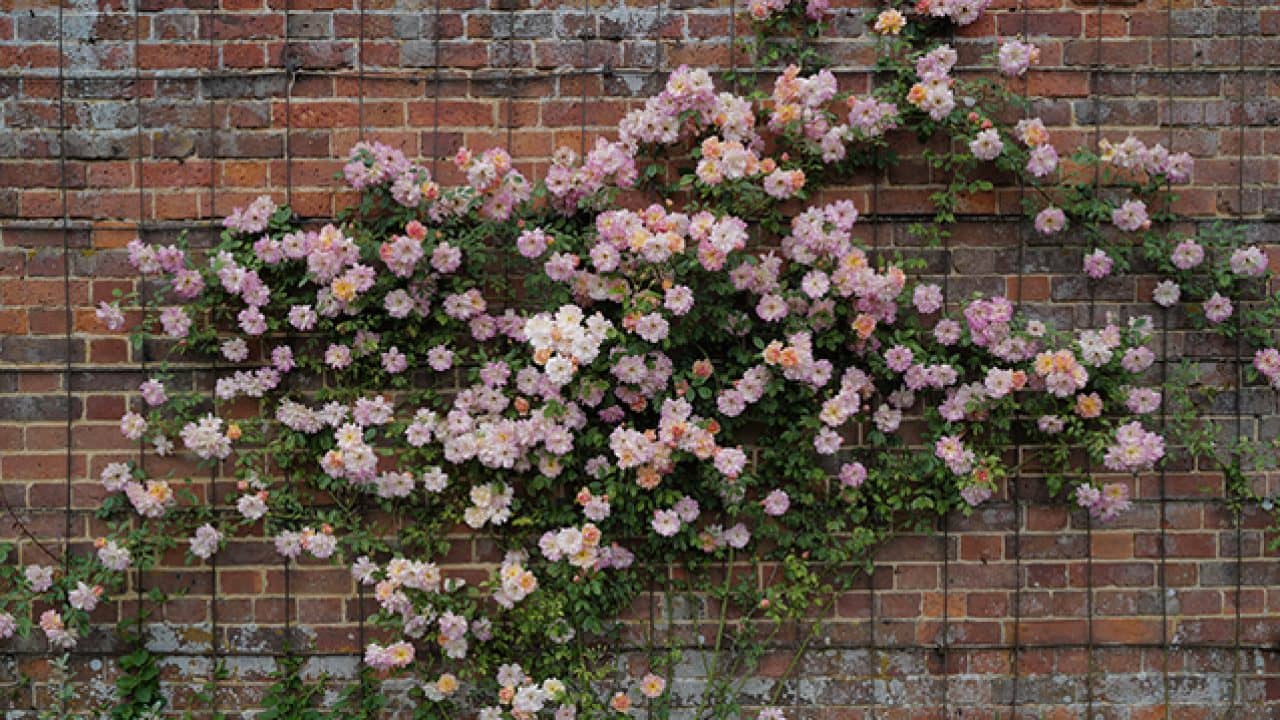
Keeping climbing plants is fun, but they can also be a bit of a pain. They take up space and require maintenance.
The good news is that you don’t have to spend a lot of time or money maintaining your climber if you know how to do it right.
There are a few key things you need to keep in mind in order to maintain them properly:
Climbers need something to climb on, and whether that’s a trellis, wall, or fence, you need to make sure your climber has a sturdy support to grip onto.
Secondly, water is important – especially during the hotter months.
Lastly, fertilization is key for keeping your climber healthy and strong. A balanced fertilizer applied every couple of weeks should do the trick!
These wonderful types of plants can be found at Gardeners dream. And if you want more detailed information about how to maintain a climber, keep reading!
East To Care Supporting Ideas For Climbing Plant
Trim Them in Spring
Climbers flower in spring, so this is when you need to trim them. The best time will be after the flowering period, but before the plants start producing new growth.
If you’re unsure of when this is, it’s safest to wait until they’ve finished flowering and then wait another two weeks or so to cut it.
If you’re not sure how long your climber has been growing on your wall, then just remember that they tend to grow quite quickly in their first year and slower after that — so if yours looks like it’s been with you for quite a while then it might be worth double-checking before snipping away at it!
In autumn, however (which is when most people tend to think about trimming), give your climbers a little bit more time off from being trimmed back as this can stress them out too much and slow down their flowering in the next year (although if there are any dead heads around, you can feel free to clear those away).
Look Out For Dead Shoots
When you’re pruning your climber, it’s important to remove dead shoots. This can be tricky if they’re not obvious, but look out for brown or yellow leaves on the plant as a giveaway.
If a shoot is no longer growing in the direction of its parent stem, then it could also be dead and should be removed.
If a shoot doesn’t have any attachments to other stems (like flowers or fruit), then it should be cut off too.
Dead shoots are to be expected in all plants, wherever you buy them from.
Find & Identify New Growth
Once you’ve been doing this for a while, it will become pretty easy to find where the new growth is coming from.
Once you do, you can use your pruning shears to cut them down to between half and two-thirds of their length.
This will encourage the plant to flower again in autumn and keep it looking healthy through winter (and beyond).
Use Pest Control
Pest control for climbers can be a bit of a challenge since their height makes them difficult to reach with spray bottles.
Fortunately, there are plenty of options available that get the job done without harming your plants or the environment around you.
You may find that organic methods work just as well as chemical ones in controlling pesky critters in your climbing plant’s vicinity — and this is especially true if you go for the more natural approach of using beneficial insects instead of sprays or powders that could harm other living beings in the environment around it.
If you’re having trouble with any number of common garden pests (aphids, leafhoppers, etc.), you can use insecticide to keep these creatures under control.
Some work better on certain kinds of insects than others, so be sure to read the label carefully before treating your plants!
Conclusion
So there you have it – all of the things you can do to make sure your climbers are healthy. When it comes down to it, the best way to maintain a plant is just to be consistent with your care.
Always water them regularly and keep an eye on them for pests or diseases so that they aren’t negatively impacted by outside factors.
